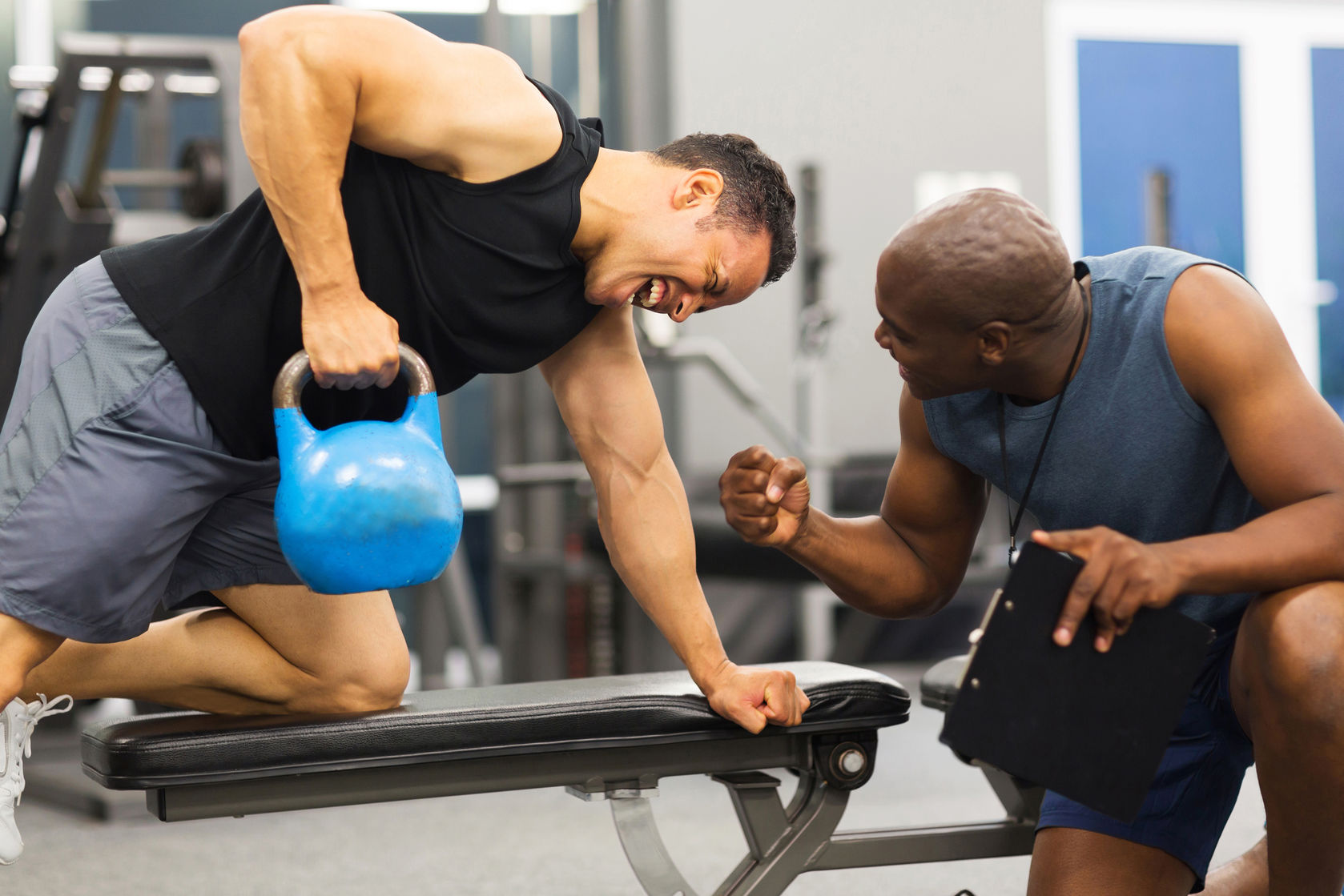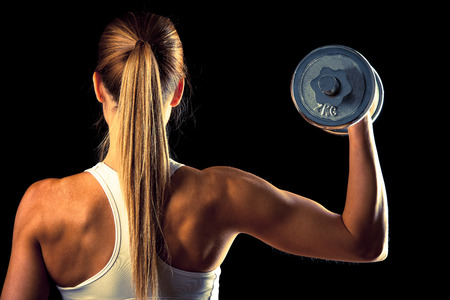Building shoulder strength
Shoulders are difficult… They are the highly mobile & agile connection between the arms and trunk, with the scapula (shoulder blade) connecting the two. This arrangement allows you to push, pull, reach and twist in an array of functional movements, making your upper limbs incredibly versatile.
There is a drawback to all this mobility and agility. The connection from arm to trunk crosses several joints that are very mobile but inherently unstable. The joint between arm and scapula is described as a ball-and-socket joint but it’s actually very shallow, more like a golf ball sitting on a tee. Shoulder stability, and therefore function, relies heavily on muscle strength and coordination. This is an intricate and complex arrangement of pulleys and anchors from trunk, to scapula, to arm.
To complicate matters, movement of the arm and scapula is coupled, not sequential. Put simply this means everything is moving at once and nothing acts as a fixed anchor point so everything needs to be both stable and mobile at the same time. The task of simultaneously stabilising multiple joints while allowing enough give for the desired movement, takes immense control.
And all this depends almost entirely on muscle strength and control… Did I mention shoulders were difficult??
Fortunately strength training in this region follows a very simple rule. Strengthen the stabilisers, strengthen the movers, and then bring it altogether. This video gives you a simple progression to apply this rule. This video demonstrates a number of exercises that we commonly do to help improve shoulder strength and stability.


Let’s break it down:
Plank to pike on ball
Shoulder stability… Planking requires a stable everything, as does a pike, so let’s do both. Alternating between the two replicates the need for dynamic stability during motion. Using a ball at the feet allows us to transition between plank and pike relatively easily.
Just a few pointers:
- Start in plank, make sure you’re stable, then move into a pike.
- Transition between the positions slowly to allow for better control.
- Hold at the end of each position, this is where we actually build strength and stability.
- While in pike, your arms and torso should form a vertical line. This builds strength and stability at end range which is crucial for healthy shoulder function.
EASTS bar rotations
Internal and external rotations at the arm are often neglected with training, but are crucial to maintaining a strong functioning shoulder. This is done by recruiting the renowned rotator cuff muscles that are responsible for both moving and stabilising the shoulder. So technically we’re still strengthening stabilisers, but training them as mobilisers. Trust me, this works.
What to look out for:
- The resistance used will dictate whether this is a strength or a mobility exercise. Just using a stick as we’ve shown gears it for mobility. For strength just add weight.
- These are small muscles, if you choose the strength path start with small increments in weight.
- In either case aim for a full range of motion, the bar should touch your torso on the down stroke, and the back of your palms should touch the wall behind on the up stroke.
- Don’t despair should you fall short of that range, remember consistency and persistence in training gets results.
- It bears repeating these are relatively small muscles, add weight wisely. There’s no shame in small weights.
Kettle bell row to overhead press
In true osteopathic fashion we’re bring it together with the whole body. This pull-twist-push-return movement places the shoulder through all the motions we’d expect from a healthy shoulder, even the rotations we covered with the EASTs bar movements. Being a single arm movement will also challenge the stabilizers we’ve trained in piking…and the entire trunk/core!
Keep in mind:
- Kettle bells take some getting used to. The flip during a grip change will take some coordination so be sure to start light and increase weights only when you’re familiar with the movement. Your forearms will thank you.
- If you don’t have access to a kettle bell (or you just don’t like them) then a dumbbell is fine.
- As with our pikes, the overhead press should see the arm and torso form a straight line, but given that we’re using a kettle bell the weight is slightly offset. So long as the centre of gravity of the kettle bell forms that straight line you’re fine.
- At no point should you have the kettle bell directly over your head.
- Again, start small and add weight wisely.
Upping the challenge
For the plank-to-pike movement, simply slowing down the movements will add difficulty. Incrementally lower the tempo during transitions, and hold the end positions for longer.
For the weighted moves simply just add weight. As always do this sensibly and make sure the movements are performed well before increasing your resistance.
To find out more about how to better treat and rehabilitate your specific shoulder pain, please call 03 8370 3044 or book online to see one of our Osteopaths.
Want to know more?
You can learn more about our approach to shoulder pain and improving shoulder function by checking out blogs in the MOH shoulder series;
- What’s wrong with my shoulder?
- Osteopathic treatment for the shoulder
- The rotator cuff and shoulder mobility
- Pilates for shoulder strength & stability
- Myotherapy and shoulder blade pain
For more information, ideas and exercises check out our Health Tips blog.
